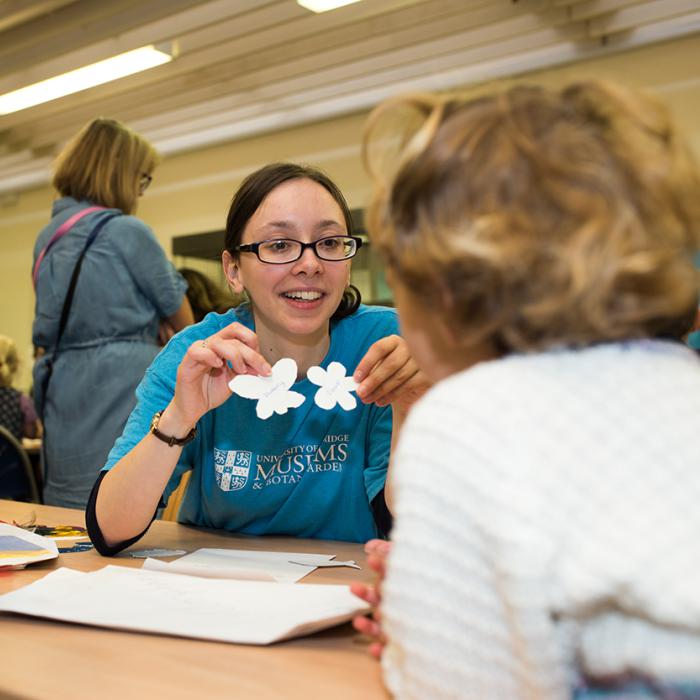What is an orrery? Why is the clock chiming 13? Why would you collect and display a set of plaster horses’ teeth, some green spectacles and several hundred pocket calculators?
Join us for a tour of the Whipple’s collection in 10 objects, featuring spectacular instruments, fascinating scientific stories, and links to some of Cambridge’s most famous names.
Meet at the reception point in the Main Gallery.
What is an orrery? Why is the clock chiming 13? Why would you collect and display a set of plaster horses’ teeth, some green spectacles and several hundred pocket calculators?
Join us for a tour of the Whipple’s collection in 10 objects, featuring spectacular instruments, fascinating scientific stories, and links to some of Cambridge’s most famous names.
Meet at the reception point in the Main Gallery.
What is an orrery? Why is the clock chiming 13? Why would you collect and display a set of plaster horses’ teeth, some green spectacles and several hundred pocket calculators?
Join us for a tour of the Whipple’s collection in 10 objects, featuring spectacular instruments, fascinating scientific stories, and links to some of Cambridge’s most famous names.
Meet at the reception point in the Main Gallery.
Rowan Huntley is the artist behind the upcoming special exhibition at the Polar Museum, Through Ice and Fire, which explores the scientific work of Dr Joanne Johnson of British Antarctic Survey.
Giant deer, fossil fish teeth, the rocks that built Cambridge... just some of the specimens on display that our staff can't wait to discuss with you. Beware, their enthusiasm is infectious!
Ages 12+, drop into our shop to reserve your free place on the tour.
Giant deer, fossil fish teeth, the rocks that built Cambridge... just some of the specimens on display that our staff can't wait to discuss with you. Beware, their enthusiasm is infectious!
Ages 12+, drop into our shop to reserve your free place on the tour.
Giant deer, fossil fish teeth, the rocks that built Cambridge... just some of the specimens on display that our staff can't wait to discuss with you. Beware, their enthusiasm is infectious!
Ages 12+, drop into our shop to reserve your free place on the tour.
Giant deer, fossil fish teeth, the rocks that built Cambridge... just some of the specimens on display that our staff can't wait to discuss with you. Beware, their enthusiasm is infectious!
Ages 12+, drop into our shop to reserve your free place on the tour.
Did you know that hidden behind a Victorian facade on Free School Lane is the original 1618 hall of Cambridge’s Free School? Join the Whipple Museum’s Curator Dr Hannah Price for a walk up one of Cambridge’s most historic and scientific streets. Along the way, we’ll encounter medieval friars and seventeenth-century schoolboys, James Clerk Maxwell and Rosalind Franklin, and many more secrets...
Drop in. Meet at the Whipple Museum’s front desk.
The Great Comet of 1618 was the very first comet to be studied through a telescope. It was so bright it was spotted all over the world! Whoosh into the Museum’s Learning Gallery for hands-on family fun, and find out more about the comet and other science stories.
Drop in. Learning Gallery.

